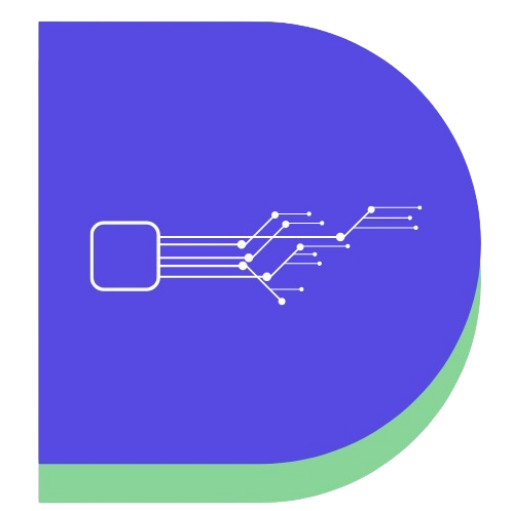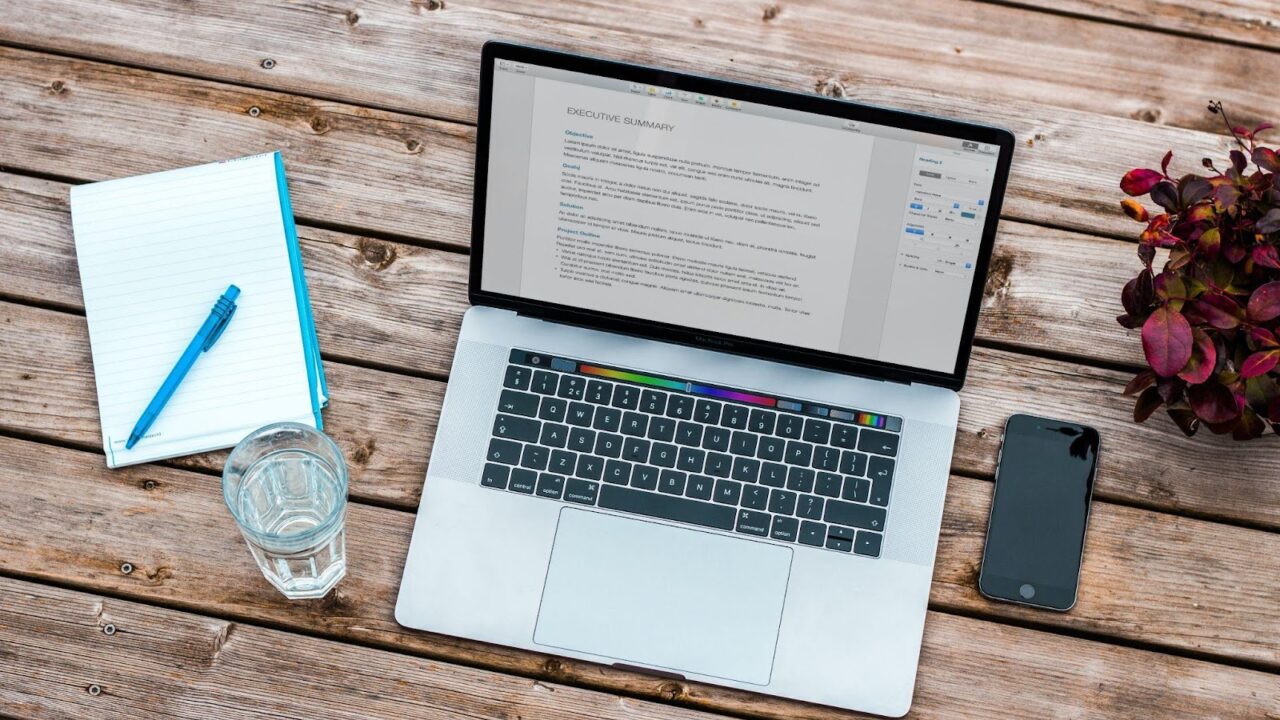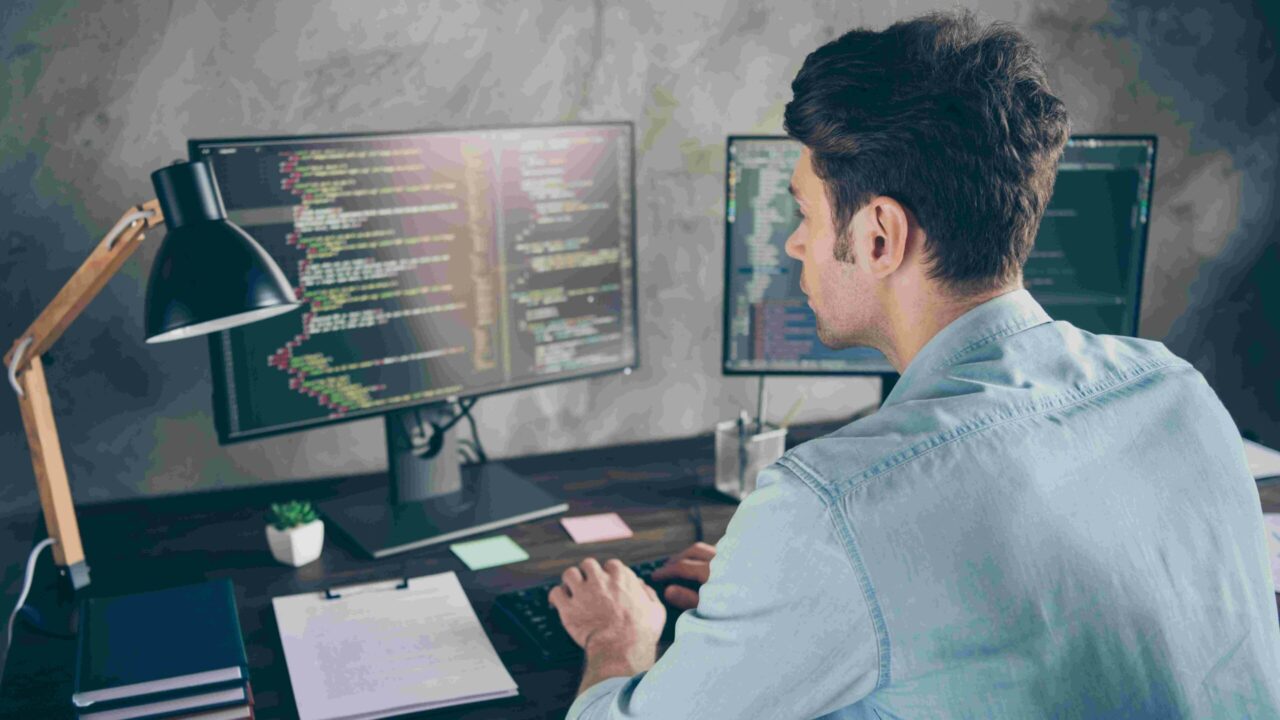Last updated on October 21st, 2021 by Rahul Kumar Singh
The internet has made our lives a lot easier. Today, it is easy to work from anywhere in the world, compared to when we had to physically report to offices. Internet-enabled gadgets have made it possible to log in to free Wi-Fi wherever we are, such as airports or coffee shops, and check our emails or check our bank balances. Without proper protection, your information is exposed and could be accessed by hackers easily.
Accessing the internet from a public network is full of risks. Hundreds, thousands, and probably millions of people, depending on where the network is located, use the network. Imagine how many people use the free network at a busy international airport!
The risks of public networks
Using public Wi-Fi is like holding a conversation publicly where everyone nearby can hear you. If you are not cautious, all the information that you send via your devices over a public network is sent in clear text, meaning anyone interested enough can see and intercept your incoming or outgoing messages using some software tools. If hackers are spying on the network, they can pick your login details and other private data. If you are the type that uses one password for different sites, you would be in a lot of trouble.
Another risk with public networks is known as a honeypot. Hackers may set up a Wi-Fi hotspot that has an unassuming name that nobody will be suspicious of, such as “Free W-Fi.” This tempts people into connecting so that hackers can steal your data. These hotspots are quite easy to set up with a smartphone or laptop, so they are a real threat that can be found anywhere.
Using public Wi-Fi places you at the risk of session hijacking. Hackers monitoring your traffic may try to hijack your open session with an online service such as a social media account. They steal the browser cookies that are used to recognize you and try to impersonate you on those sites or search for your password and login details in the cookie.
How to stay secure on public networks
With all the risks involved while using public networks, not all is lost and there are ways you can protect yourself:
- Know your network
To avoid falling prey to honeypots, ensure you know which network you are connecting your device to. If you are in an establishment such as a coffee shop ask an employee what their network is called before you connect. Ensure that your laptop or smartphone’s settings do not allow it to connect automatically to unknown networks. You can set it to detect open networks, but to ask for permission before connecting. This way you will be sure you are connecting to the right network.
- Use a VPN
Downloading a Virtual Private Network (VPN) allows you to create a private network in the public network. It encrypts your data so that anyone trying to steal the data will not have access to your information. You should opt for a paid and trustworthy VPN. Free VPNs are notorious for selling user data to third parties. Aside from data encryption, a VPN masks your IP address and hides your location.
- Keep your connections safe
Ensure you connect to websites using HTTPS, which will encrypt all your outgoing and incoming data. A VPN encrypts everything you send, but HTTPS ensures that all communication to and from any website is safe. To ensure you connect through HTTPS, check the address bar of the browser window.
You should see either a lock icon or “HTTPS” at the beginning of the typed web address. HTTPS is not enough to secure your connections. Hackers can get authentic SSL certificates for sites whose names are just slightly different from major institutions, and that have HTTPS at the beginning of the URL. Always type out the URL you need instead of clicking on links sent via email.
- Use multi-factor authentication
Whenever possible, use multi-factor authentication. This type of login requires you to log in with an initial password and second code that keeps changing for websites, making it difficult for hackers to access your accounts without the secondary code. The secondary code is sent to a secure device that only you have access to, such as your phone. Not all services support this type of authentication, but most sites such as Facebook, Twitter, Google, Apple, Microsoft, and LinkedIn do.
- Disable file sharing and AirDrop
Ensure that your computer’s configurations do not share file access or do not allow detection on either guest or private networks. On a PC, go to Network and Sharing Center, Change advanced sharing settings and Turn off file and printer sharing. For Macs, you can go to “System Preferences”, Sharing and unselect all. Go to Finder, click on AirDrop and click on “Allow me to be discovered by” and choose No one. For iOS, go to the Control Center, find AirDrop and switch it off.
- Do not give away too much personal information
Be very cautious of connecting to public Wi-Fi, especially if the network asks for too many personal details such as your phone number or email address. If you must connect to such networks, go to places you can trust, and use a secondary email.
Restaurants and stores do this so that they can recognize you on various Wi-Fi hotspots and amend their marketing tactics accordingly. It is up to you to decide if you want to be on the receiving end of marketing content from them for access to free internet access. Make sure you sign up for very few public networks. If your phone or cable carrier offers free Wi-Fi hotspots, get connected via a service you have already registered to, instead of submitting your details to other service providers.
- Know what you are signing up for
Reading the terms and conditions of Wi-Fi connections is not something everyone does. Reading, whether or not you understand the terms, is crucial so that you can spot red flags. This is especially in regards to the type of data they mine from your browsing session, and what they intend to use it for.
If the policies are too complex, a search on the web will show you any issues other users have experienced. The terms and conditions help the user as well but do not just click on the pop-ups without due diligence. If you are asked to install any browser extensions or software, stay away.
Conclusion
Everyone loves free Wi-Fi, but unfortunately, it comes with many risks. The risks far outweigh the advantages of free internet, and you must try in every way to protect yourself and your data. Hackers love intercepting data on public Wi-Fi by using software that allows them to read data sent in plain text. Using a VPN and HTTPS ensures data is encrypted, keeping out malicious taps on your data.
Since we cannot live without the internet, the onus is upon us to ensure we stay a step ahead of the hackers. Links sent via email are usually sent by hackers trying to gain access to your login details. Typing out the full URL on your web browser ensures the hackers do not get a hold of your details, which they can use to hack into accounts, both financial and social media accounts.






Thank you, Rahul Kumar Singh, for this fantastic and informative post! The tips on staying secure while using public networks are truly valuable.
Your advice on using a VPN and focusing on HTTPS connections is especially important. These tips are incredibly helpful for avoiding risks like honeypot networks and session hijacking.